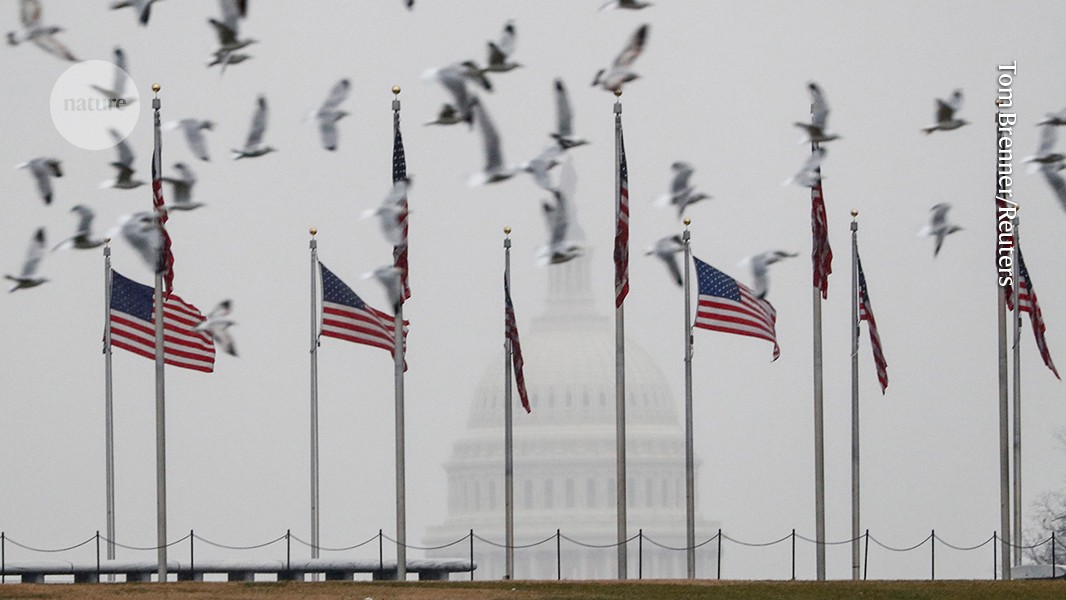
Critics suspect Trumps weird tariff math came from chatbots
arstechnica.com
Math isn't mathing? Critics suspect Trumps weird tariff math came from chatbots Trump accused of consulting chatbots after critics mock tariffs on islands of penguins. Ashley Belanger Apr 3, 2025 1:22 pm | 102 Some of Trump's tariffs target uninhabited, remote islands home to penguins. Credit: BA19285 | Stone Some of Trump's tariffs target uninhabited, remote islands home to penguins. Credit: BA19285 | Stone Story textSizeSmallStandardLargeWidth *StandardWideLinksStandardOrange* Subscribers only Learn moreCritics are questioning if Donald Trump's administration possibly used chatbots to calculate reciprocal tariffs announced yesterday that Trump claimed were "individualized" tariffs placed on countries that have " the largest trade deficits" with the US.Those tariffs are due to take effect on April 9 for 60 countries, with peak rates around 50 percent. That's in addition to a baseline 10 percent tariff that all countries will be subject to starting on April 5. But while Trump expressed intent to push back on anyone supposedly taking advantage of the US, some of the countries on the reciprocal tariffs list puzzled experts and officials, who pointed out to The Guardian that Trump was, for some reason, targeting uninhabited islands, some of them exporting nothing and populated with penguins.Some overseas officials challenged Trump's math, such as George Plant, the administrator of Norfolk Island, who told the Guardian that "there are no known exports from Norfolk Island to the United States and no tariffs or known non-tariff trade barriers on goods coming to Norfolk Island."Economists fear these tariffs could suddenly hit American businesses with enormous costs that could rapidly cause price hikes for consumers. Among those sounding alarms was economist James Surowiecki, who took to X (formerly Twitter) to allege where the supposedly "fake tariff rates come from."The US Trade Representative published a breakdown of how the Trump administration arrived at its calculations, which Politico said "describes the same calculation detailed by Surowiecki." But according to Surowiecki, the president's team allegedly used "made-up numbers" that "only used the trade deficit in goods," not services, "so even though we run a trade surplus in services with the world, those exports don't count as far as Trump is concerned.""They didn't actually calculate tariff rates + non-tariff barriers, as they say they did," Surowiecki wrote. "Instead, for every country, they just took our trade deficit with that country and divided it by the country's exports to us." Further down in the thread, he alleged that Trump's math was "dumb and deceptive."Rumors claim Trump consulted chatbotsOn social media, rumors swirled that the Trump administration got these supposedly fake numbers from chatbots. On Bluesky, tech entrepreneur Amy Hoy joined others posting screenshots from ChatGPT, Gemini, Claude, and Grok, each showing that the chatbots arrived at similar calculations as the Trump administration.Some of the chatbots also warned against the oversimplified math in outputs. ChatGPT acknowledged that the easy method "ignores the intricate dynamics of international trade." Gemini cautioned that it could only offer a "highly simplified conceptual approach" that ignored the "vast real-world complexities and consequences" of implementing such a trade strategy. And Claude specifically warned that "trade deficits alone dont necessarily indicate unfair trade practices, and tariffs can have complex economic consequences, including increased prices and potential retaliation." And even Grok warns that "imposing tariffs isn't exactly 'easy'" when prompted, calling it "a blunt tool: quick to swing, but the ripple effects (higher prices, pissed-off allies) can complicate things fast," an Ars test showed, using a similar prompt as social media users generally asking, "how do you impose tariffs easily?"The Verge plugged in phrasing explicitly used by the Trump administrationprompting chatbots to provide "an easy way for the US to calculate tariffs that should be imposed on other countries to balance bilateral trade deficits between the US and each of its trading partners, with the goal of driving bilateral trade deficits to zero"and got the "same fundamental suggestion" as social media users reported.Whether the Trump administration actually consulted chatbots while devising its global trade policy will likely remain a rumor. It's possible that the chatbots' training data simply aligned with the administration's approach.But with even chatbots warning that the strategy may not benefit the US, the pressure appears to be on Trump to prove that the reciprocal tariffs will lead to "better-paying American jobs making beautiful American-made cars, appliances, and other goods" and "address the injustices of global trade, re-shore manufacturing, and drive economic growth for the American people." As his approval rating hits new lows, Trump continues to insist that "reciprocal tariffs are a big part of why Americans voted for President Trump.""Everyone knew hed push for them once he got back in office; its exactly what he promised, and its a key reason he won the election," the White House fact sheet said.Ashley BelangerSenior Policy ReporterAshley BelangerSenior Policy Reporter Ashley is a senior policy reporter for Ars Technica, dedicated to tracking social impacts of emerging policies and new technologies. She is a Chicago-based journalist with 20 years of experience. 102 Comments
0 Commentarii
·0 Distribuiri
·23 Views









